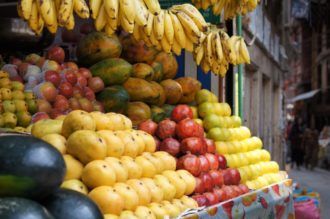Another striking difference of Nepal and China is how easy-going and effortless it is despite all the materialistic problems. English is widely understood and people are magically friendly. The friendliness of Nepalis became apparent right at the Kathmandu airport with a visa counter clerk that looked and sounded like a cartoon character being more friendly than anyone we met in China. Even touts in Thamel are nice enough and understand that no means no. Same goes for rikshas, who are like sweet angels comparing to Indian colleagues.
I found out that I could explain all kind of strange random things to locals and it was totally fine. No confusion arisen and my random act of weirdness were met with equally bizarre responses. Some of my most memorable shopping experiences took place in Kathmandu. In particular on Buddha Purnima (the date of the Buddha’s birthday) I somehow ended up reciting the “Buddham saranam gocchami” mantra to a shop owner and immediately after that we got a heavy discount on the original price. Another time a singing bowl merchant just kept saying “Ok, ok, ok, ok, ok, ok, ok” to my every propositions. Heavy discounts ensued.
The nature of Nepal is magnificent and the poor state of infrastructure only makes it more pristine. Mountains are simply unreal and makes you wonder whether something like this can really exist. I have seen some amazing landscapes, but the Annapurna massive is easily one of the most stunning so far. Nepal feels like the true Shangri La (unlike its faux Chinese counterpart). Roads are scarce, which means that walking as the only option to reach many destinations. Indeed, trekking is a number one tourist activity in Nepal and there is a whole industry around it. Guides, porters, mountaineering and trekking gear, maps, everything is available for rent or sale. As a a bonus a walking white man does not draw any attention from locals too.
From Kathmandu we continued to Pokhara, a picturesque city not far away from the Annapurna mountain range. Even though it is only 250km from Kathmandu, thanks to landslides the scary minibus trip took over six hours. Situated near Phewa lake and equipped with proper tourist facilities, Pokhara is a nice enough place that warrants spending at least several days, if not weeks. We stayed in Pokhara for four days doing pretty much nothing in particular. Strolling along the lakeside in the hours of sunset was enough of an activity. Time flew quickly and it was almost a shame to leave so early. It is beautiful, tranquil and easy-going. What else do you really need? Food options were versatile and not bad by any accounts. No food poisoning either. Pokhara is definitely one to visit again.
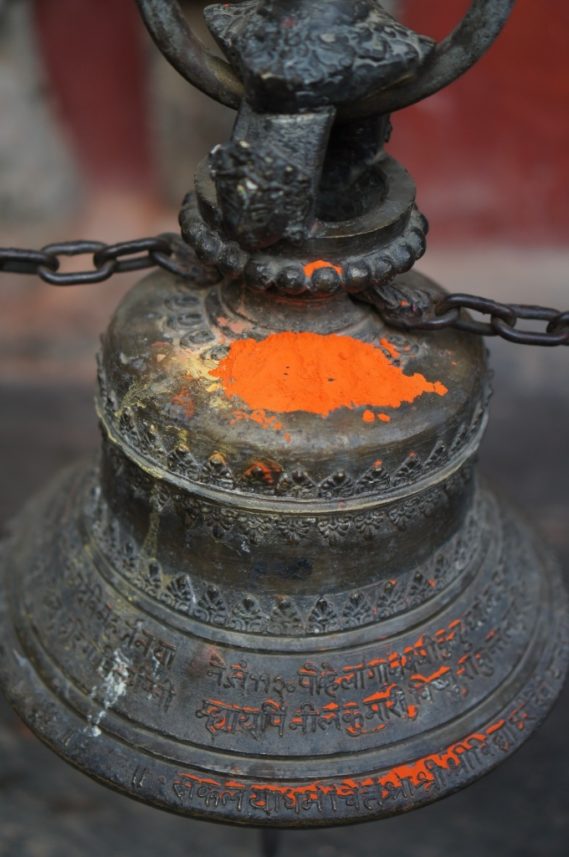
Orange.

“Pure kashmir. Special price. Just for you, my friend.”
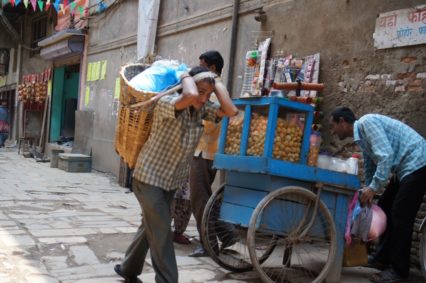
Kathmandu street-life.
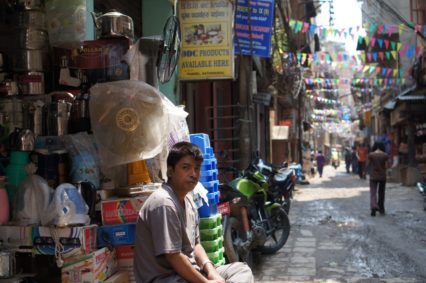
Kathmandu street-life.
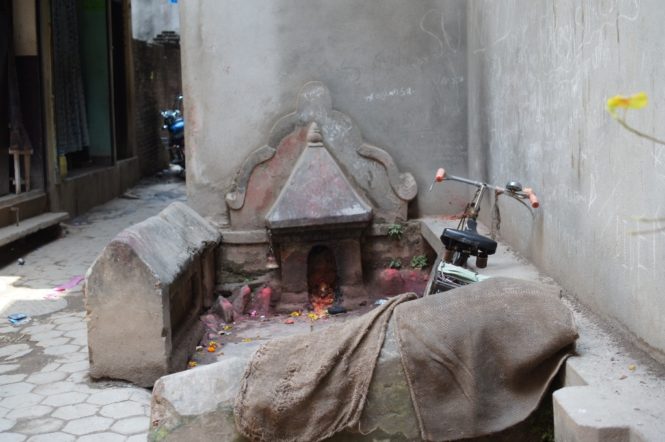
Kathmandu street-life.
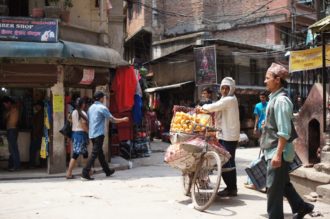
Kathmandu street-life.
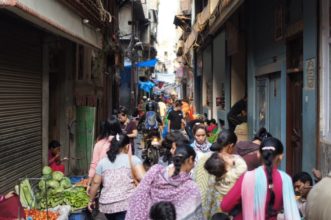
Kathmandu street-life.
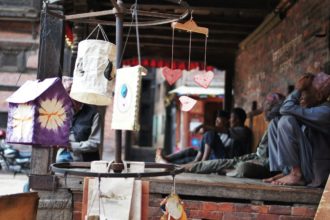
Bhaktopur street-life.
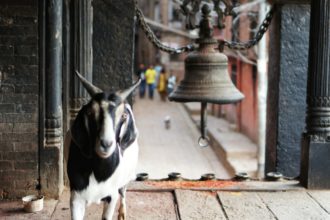
Bhaktopur street-life.
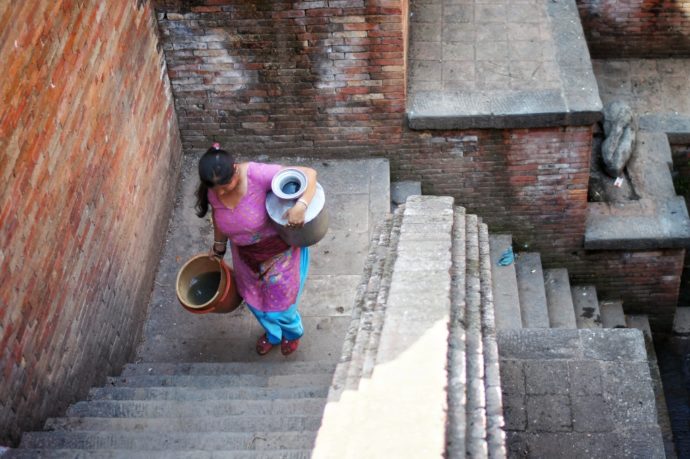
Bhaktopur street-life.
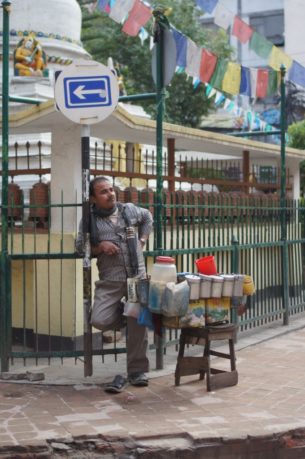
Kathmandu street-life
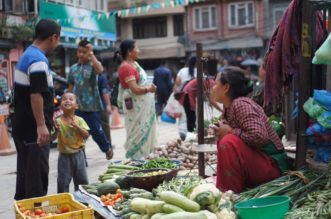
Kathmandu street-life
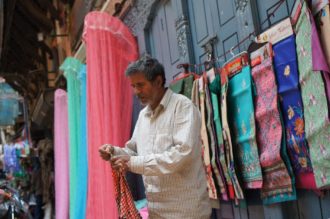
Kathmandu street-life
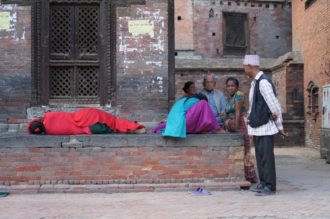
Bhaktapur street-life
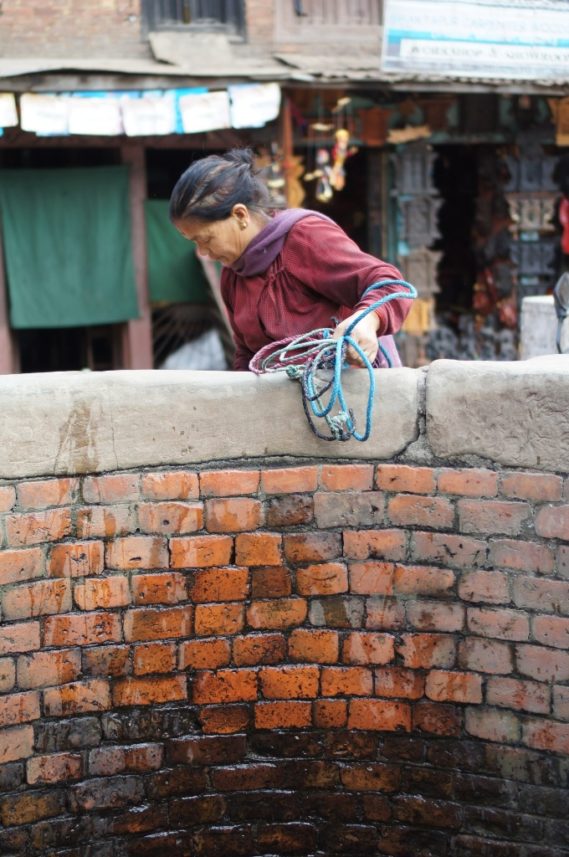
Bhaktapur street-life
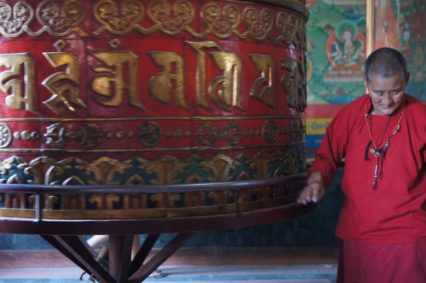
A giant prayer wheel in Boudhanath temple.
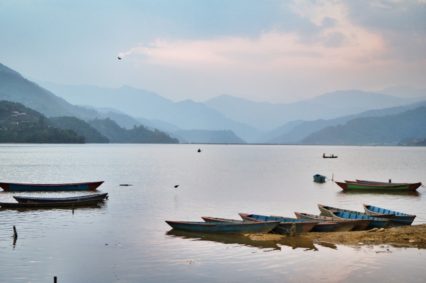
Phewa lake, Pokhara.
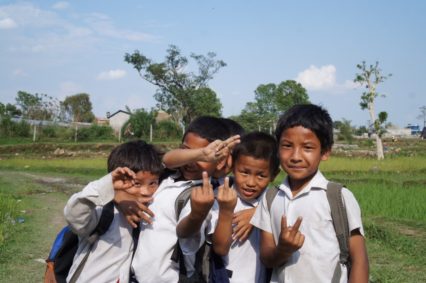
Children posing for a photo.
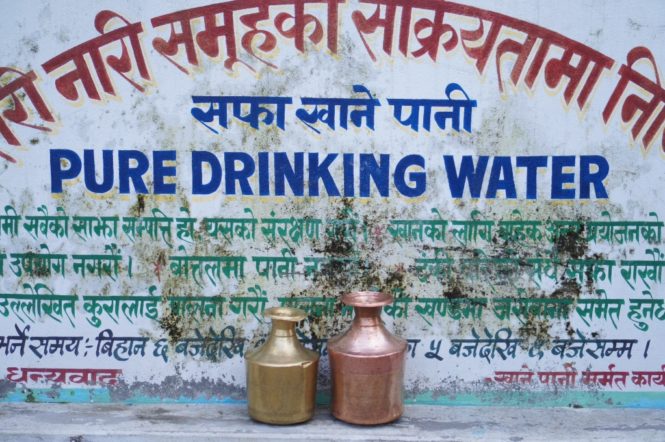
Pure drinking water. I had no coverage to drink it.
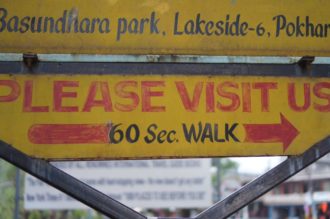
Being punctual.

A man and a cow.
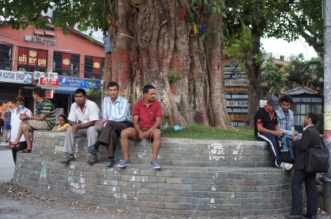
Pokhara lakeside.
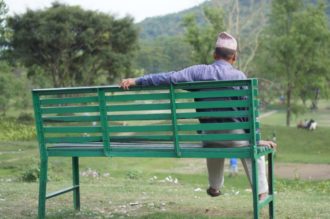
A man chilling on a bench in Pokhara.
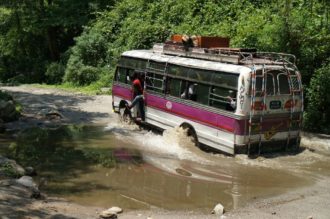
A typical Nepalese road.
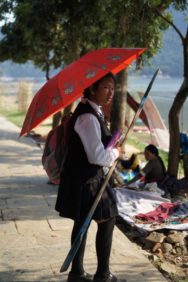
A girl with an oar and an umbrella, Pokhara.
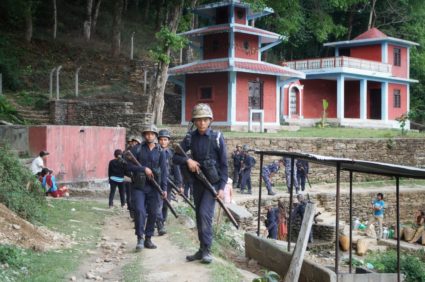
Soldiers participating in a military exercise near Pokhara.

Pokhara dam-side.
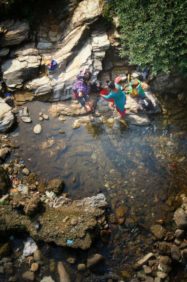
Women washing clothes near Pokhara.






































